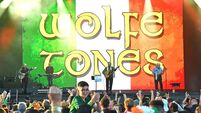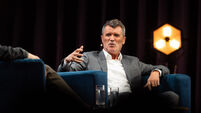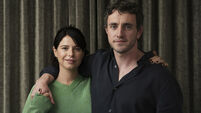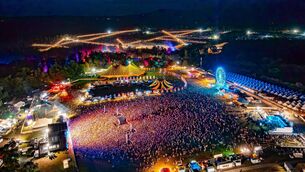Croíthe Radacacha: TG4 documentary looks at some of the female couples of the independence struggle
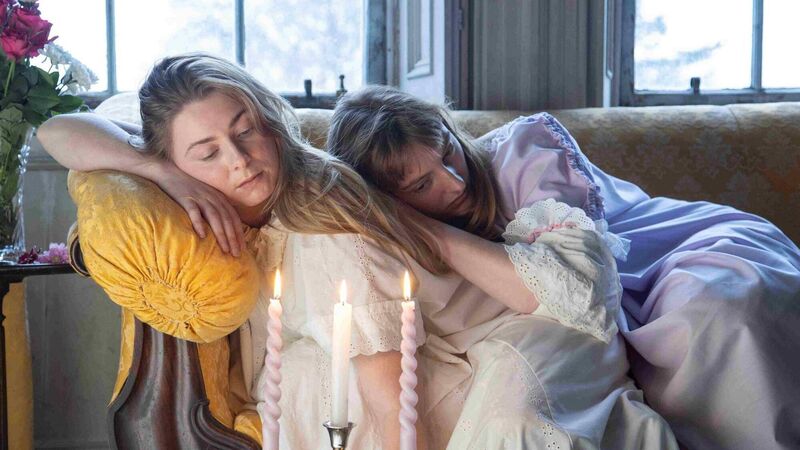
A scene from Croíthe Radacacha (Radical Hearts), on TG4 on Wednesday.
Kathleen Lynn was born near Killala, Co Mayo in 1874. She was exceptional for her time, as she qualified as a doctor before the turn of the last century, when not many women did so. She was also a militant revolutionary, a captain in the Irish Citizen Army. She was stationed in Dublin’s City Hall during the 1916 Rising.
When members of the British army stormed City Hall and forced her to surrender on Easter Monday evening, she was asked to identify herself. She said she was a doctor. The British commanding officer presumed she was there in a stereotypically female, caring role. Lynn quickly corrected him, adding that she was also captain of her outpost, forsaking the opportunity to evade imprisonment so she could properly identify as a military officer.

